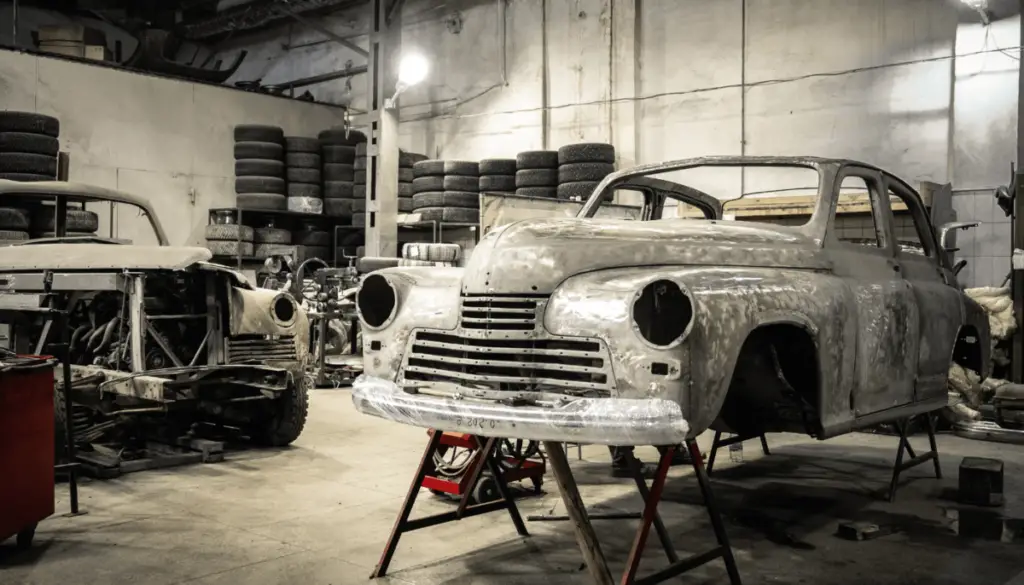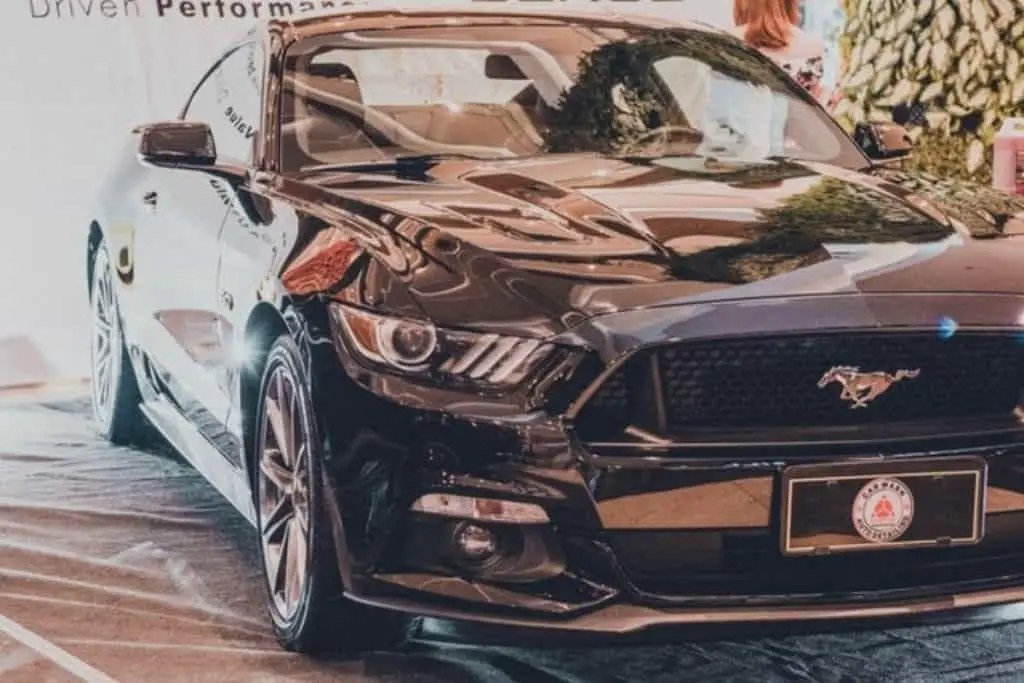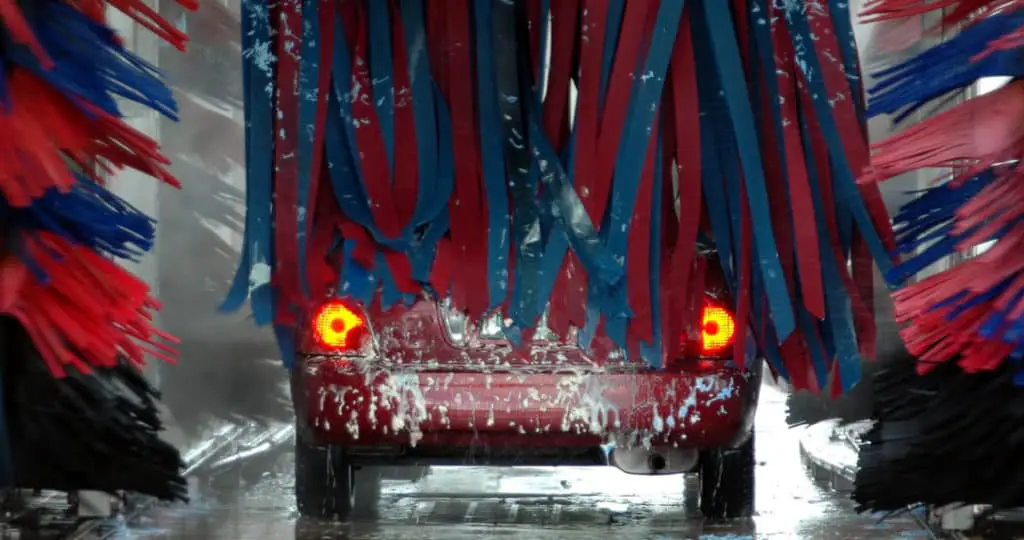- How to Clean Car Carpets Quickly (Without An Extractor) - July 10, 2024
- Can You Touch Up Clear Coat On A Car? Yes and No (Here’s Why) - November 25, 2023
- How To Wax A Car By Hand (For Beginners) - November 14, 2023
Last Updated on January 21, 2025 by Nate Schnell
Bubbling paint, or blistering, is a common issue that can severely impact the appearance and durability of a vehicle’s finish. Often caused by moisture, improper application, or exposure to extreme temperatures, bubbling paint can lead to more serious problems if not addressed promptly. Here’s a detailed guide to help you understand the causes, address existing damage, and prevent future issues.
Causes of Bubbling Paint
Moisture is one of the leading causes of paint blistering. When water becomes trapped between the layers of paint, it can create bubbles as it expands. This often happens if a car is not properly dried after washing or if it is exposed to high humidity during painting.
Improper preparation of the surface before painting can also lead to bubbling. Dirt, grease, or old paint remnants left on the surface can interfere with adhesion. Similarly, applying paint too thickly or not allowing enough time between coats can create air pockets and lead to bubbling.
Environmental factors, such as exposure to extreme temperatures, play a significant role. Prolonged exposure to direct sunlight can cause the paint to expand, while freezing conditions can lead to excessive contraction. Both scenarios weaken the paint structure, increasing the likelihood of bubbling.
Lastly, using low-quality paints or thinners can compromise the finish. Inferior materials are less resistant to environmental stress and may not adhere properly to the surface, leading to blistering over time.
Identifying Paint Blisters
Bubbling paint is easy to spot if you know what to look for. Raised or uneven areas on the paint’s surface are the most obvious signs. These bubbles may appear in small clusters or across larger sections of the car. In some cases, discoloration, peeling, or cracking paint accompanies the blistering. These issues often indicate that moisture or other contaminants are trapped beneath the paint layers.
If you notice bubbling, it’s crucial to address it immediately. Ignoring the issue can result in further damage, such as rust and corrosion, as the exposed metal beneath the bubbles reacts with moisture and air.
Addressing Bubbling Paint
Repairing bubbling paint depends on the severity of the issue. For minor cases, you can clean the affected area, sand it down to remove the bubbles, and reapply primer and paint. Ensure you use high-quality materials and follow proper application techniques to prevent the issue from recurring.
For more extensive damage, professional help is often necessary. A body shop can strip and repaint large areas to ensure a flawless finish. This process may involve addressing underlying issues, such as moisture intrusion or poor surface preparation, to prevent future problems.
Preventing Bubbling Paint
Proper preparation and maintenance are key to avoiding paint blistering. Always ensure that the car’s surface is thoroughly cleaned and dried before painting. Sand down rough spots and apply a quality primer to help the paint adhere securely.
Using high-quality paints and materials designed for automotive use is essential. These products provide better adhesion and are more resistant to environmental stress than cheaper alternatives.
Environmental exposure can be minimized by parking in shaded areas or using a car cover. Avoid parking in extreme heat or cold for prolonged periods, as these conditions can compromise the paint’s integrity. Regular waxing not only enhances your car’s appearance but also provides an additional layer of protection against moisture and contaminants.
Long-Term Implications of Ignoring Paint Blisters
Leaving bubbling paint unaddressed can lead to significant issues over time. Moisture trapped beneath the paint can cause rust and corrosion to develop, compromising the car’s structural integrity. This not only diminishes the car’s resale value but also results in costly repairs.
Additionally, bubbling paint detracts from the vehicle’s aesthetic appeal. Cracking, peeling, and discoloration make the car look neglected and reduce its overall marketability. Addressing bubbling paint early prevents these complications and ensures your vehicle remains in excellent condition.
Final Thoughts
Bubbling paint is more than just a cosmetic concern—it can lead to serious damage if ignored. By understanding the causes, taking preventative measures, and addressing issues promptly, you can maintain your car’s appearance and value. Investing in proper care and quality materials ensures a long-lasting, flawless finish. Keep your vehicle protected, and it will reward you with years of reliable service and a pristine look.



